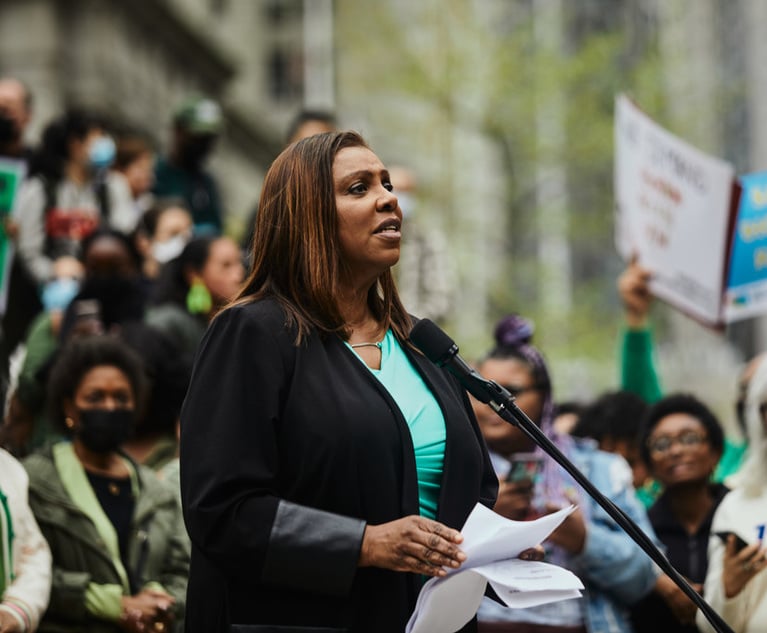Discovery is a routine but critical part of judgment enforcement. In New York practice, post-judgment discovery is sought via subpoena, which may be served on the judgment debtor or any other person who may have relevant information, broadly defined by CPLR 5223, which is consistent with “New York’s public policy ‘to put no obstacle in the path of those seeking to enforce a judgment.’” Alpert v. Alpert, 151 A.D.3d 541, 542 (1st Dept. 2017) (quoting U.S. Bank N.A. v. APP Intl. Fin. Co., B.V., 100 A.D.3d 179, 183 (1st Dept. 2012)). Counsel for the judgment creditor decides, based on the facts of the particular matter, whom to subpoena. There is nothing prescribing the sequence or manner in which any of the CPLR Article 52 judgment enforcement procedures, including subpoenas, may be used.
A party who fails or refuses to comply with a subpoena, CPLR 5224(a)(1), or subpoena duces tecum, CPLR 5224(a)(2), may be punished for contempt of court.[1] See CPLR 5251. Besides an order directing compliance with the subpoena, the relief awarded the movant is a statutory fine of $250 (Judiciary Law §773) and an award of the moving party’s damages, including attorney fees, an amount which can be substantial.[2] Nonetheless, many judgment debtors ignore post-judgment subpoenas. They are reluctant to produce their personal financial records and tax returns and to answer questions under oath about their assets, income, and spending habits at a deposition. They may wager that non-cooperation will frustrate the judgment creditor and make the whole thing go away. They may decide to raise procedural or technical objections designed to thwart and delay their pursuer.


 Photo: Shutterstock.com
Photo: Shutterstock.com




